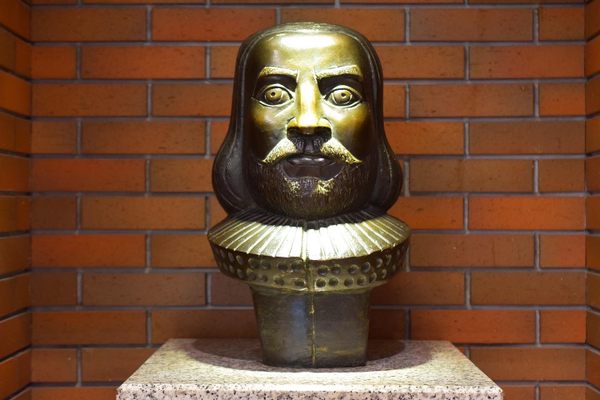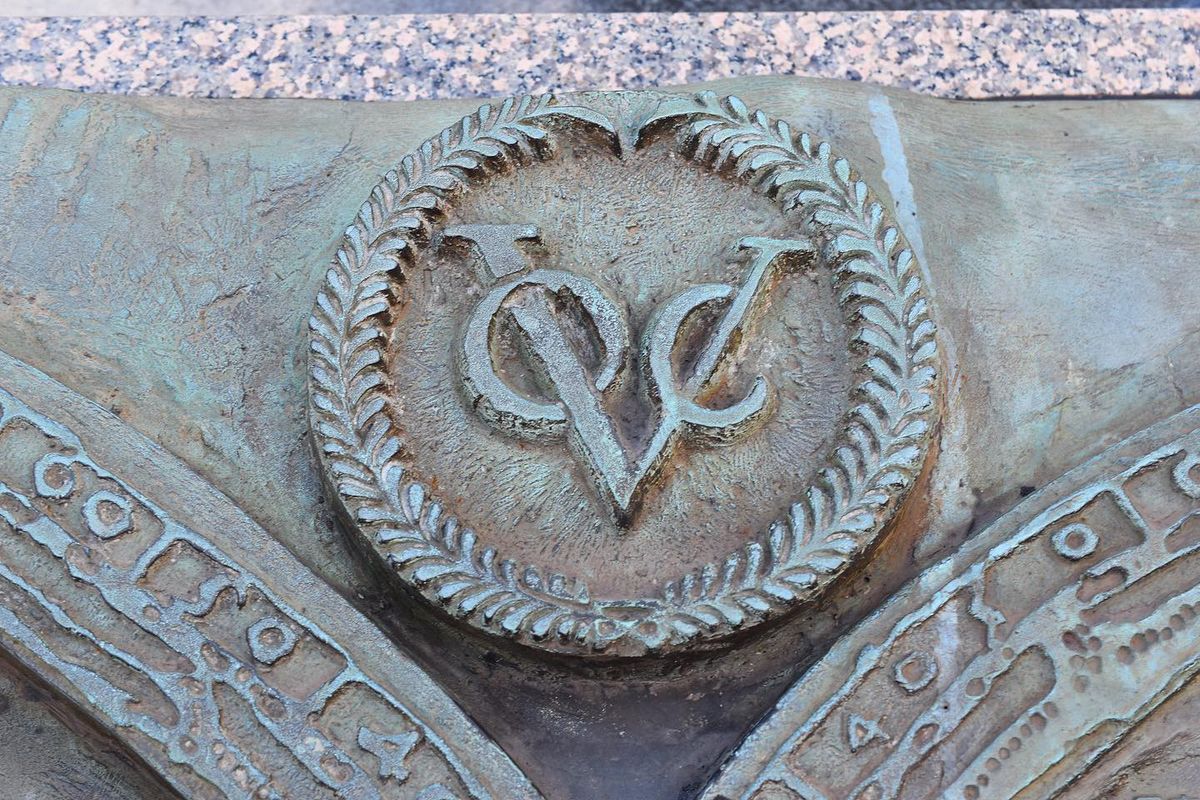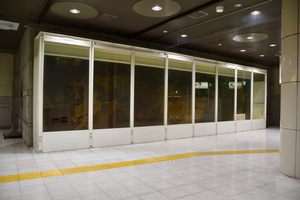About
An island country in Asia's farthest east, it was not until 1543 that Japan was first reached by Europeans, half a century after Christopher Columbus's controversial "discovery" of the New World. These were Portuguese traders, the only Europeans to have a connection to Japan for some time thereafter, along with the Spaniards.
The Dutchmen, on the other hand, first came to Japan in 1600, when the VOC ship De Liefde was stranded in Bungo Province while on her way to the East Indies. The shipmates were taken to Edo (today Tokyo) and questioned by Ieyasu, who would later found the long-ruling Tokugawa shogunate, on the European affairs of the time. Although they were not allowed to return to the Netherlands, some received a great deal of privilege from the future shōgun.
One of them was Jan Joosten van Lodensteijn, second mate of De Liefde, who was promoted to the samurai rank of hatamoto alongside English navigator William Adams. Reportedly, he also chartered a number of Red Seal Ships and engaged in foreign trade, particularly with Southeast Asian kingdoms, making quite a fortune.
Now naturalized, Jan Joosten was granted a mansion within the grounds of Edo Castle—today part of the Imperial Palace—and even married a local Japanese woman. Since his name, translated as Yan Yōsuten, was difficult for the Japanese to enunciate, he was given the new name Yayōsu (耶揚子). This was later corrupted into Yaesu (八重洲), essentially meaning "many shoals," and became the name of the area where Tokyo Station stands today.
After living in Tokyo for a while, he got homesick and sailed to Batavia (modern-day Jakarta), but the Dutch East India Company refused to allow him to return to the Netherlands. While on the voyage back to Japan, his ship was wrecked in Indochina where he drowned.
Today, the life of Jan Joosten van Lodensteijn is commemorated by two bronze busts of him that can be found in and outside Yaesu Shopping Mall, a fitting place for his memorial. Created by Dutch sculptor Leo Braat, the memorial quietly watches thousands of visitors every day, many of whom are unaware of the true origin of Yaesu.
Related Tags
Know Before You Go
Exit Tokyo Station from Central Yaesu Exit and go on straight on Yaesu Street; the memorial can be found on the intersection between Yaesu and Chūō Streets. It’s right next to a large “Bell of Peace” monument.
Another bronze bust and memorial can be found inside the underground Yaesu Shopping Mall, currently flanked by an Italian restaurant and the Yūkitei ramen location. The two locations are about 10 minutes apart by foot.
Hidden Japan: Sado Island, Nara & Kyoto
Explore a different side of Japan.
Book NowCommunity Contributors
Added By
Published
December 22, 2021





































